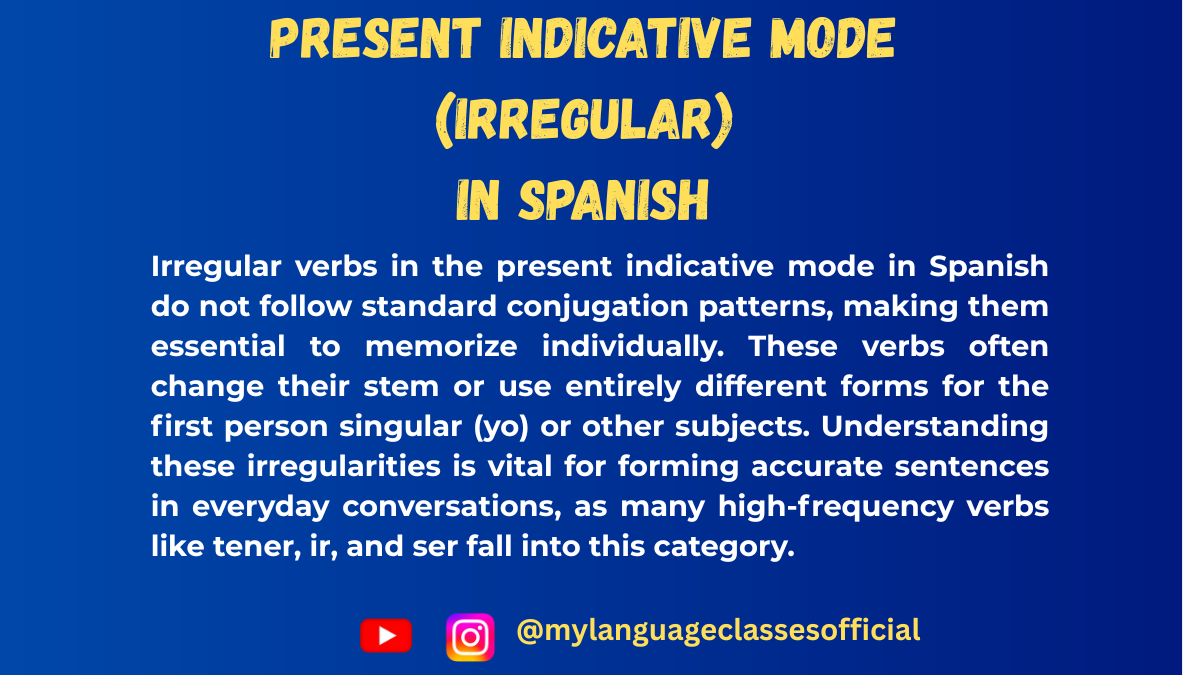Your cart is currently empty!
Tag: irregular verbs in Spanish

Irregular Verbs in the Present Indicative Mode in Spanish
Mastering Irregular Verbs in the Present Indicative mode in Spanish
Learning Spanish can be an exciting adventure, but the irregular verbs in the present indicative mode can often make it feel like a tricky puzzle. Don’t worry! In this blog … Read more

